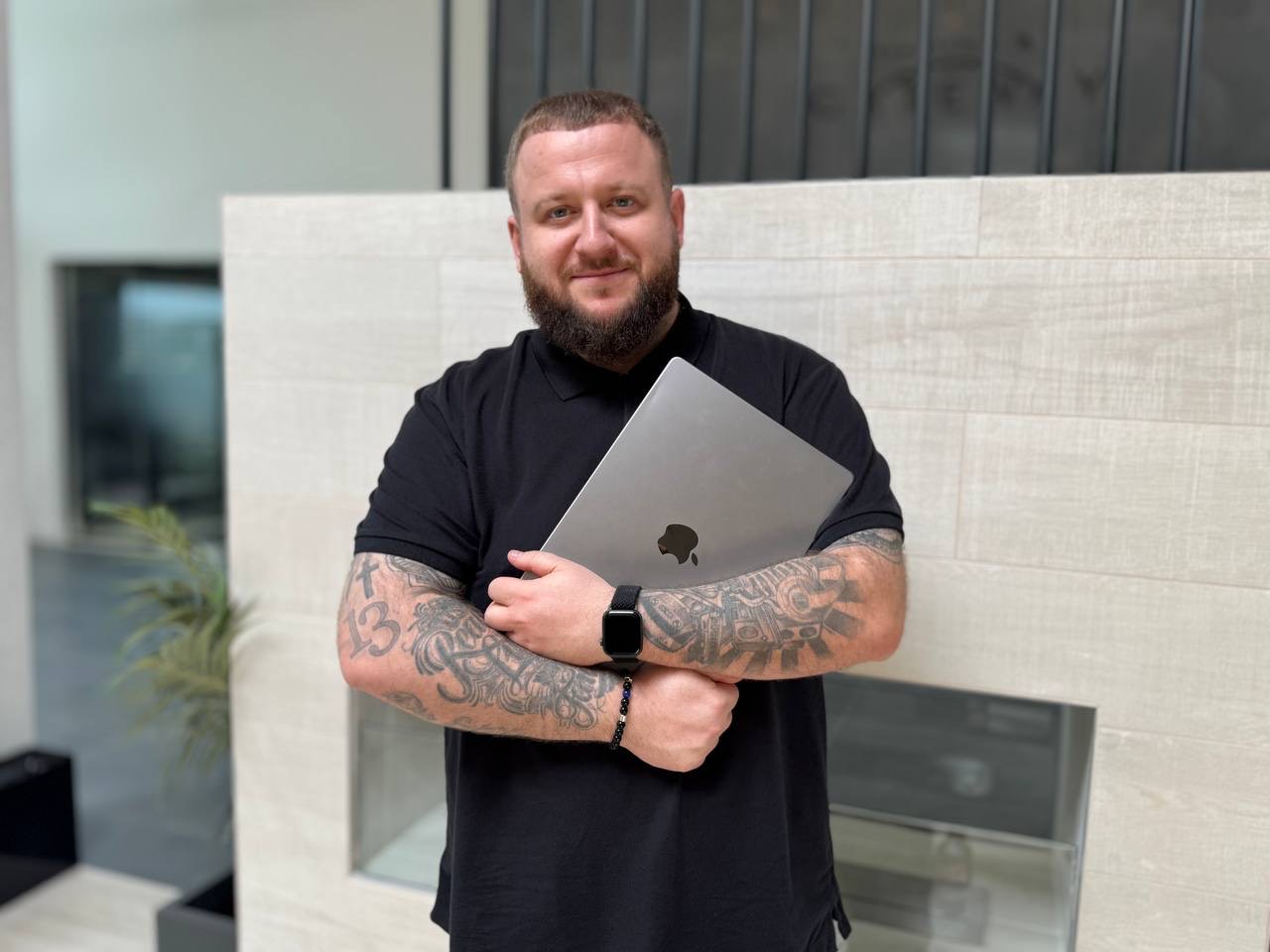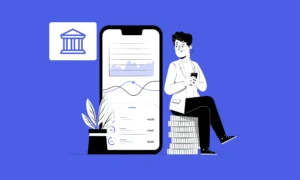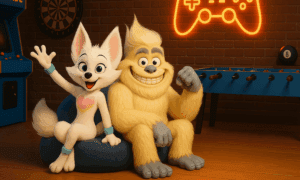While 67% of U.S. companies have been using the same marketing strategies for years, immigrants from post-Soviet countries are disrupting markets with unconventional approaches. Dmytro Skrynskyi transformed a failing Brooklyn lounge into the neighborhood’s hottest destination in two years and made millions for a truck sales company using a Hollywood approach to advertising.
“For me, marketing is a sport. Pure adrenaline from taking a business on the brink of bankruptcy and six months later having competitors call with offers of any amount of money just to get you to leave,” says the founder of Mind Marketing USA.
Culture Shock: American Marketing Reality
Dmytro arrived in the U.S. with experience building dozens of businesses in Ukraine and China. What he discovered in America left him stunned.
“There are restaurants here that are 60 years old and have never been renovated. Brick walls, zero marketing—just word-of-mouth from grandparents. Americans still spend millions on print advertising while we create viral campaigns for $5,000,” explains the marketer.
Statistics confirm this: 38% of U.S. marketing spend remains on offline channels in 2024, while 73% of small and medium businesses admit to lacking confidence in their marketing strategies. 53% cite standing out from competitors as their primary challenge.
Secret Weapon: Content Seeding
Lou Lou Lounge in Brooklyn was drawing only 15 people on Saturdays after an $800,000 renovation investment. The venue wasn’t breaking even due to fierce competition and an inconvenient location. Owners were ready to close.
“We launched content seeding—’planting’ communities through multiple entry points. My team and I implemented creative visual technologies to capture attention across New York State. 17 years of experience and crisis management paid off within 3 months. Instead of shouting to everyone at once—we whispered personally to each,” Skrynskyi explains his methodology.
The results exceeded all expectations: within 6 months—daily sellouts, revenue increased 5x. Competitors started calling with offers of any amount to leave the area or join them.
When Trucks Sell Like Hollywood Blockbusters
In B2B, Dmytro achieved even more incredible results. His Pro Group Equipment sells and rents specialized trucks.
“I shot advertising like a Hollywood action movie—music, action, equipment transformation. Showed how our trucks transform into trains, how we implemented new technological solutions, remote control, and much more. Americans show boring specifications, I create emotional anchors,” the expert shares his secret.
The madness worked: 4 contracts worth millions and dozens of orders for specialized equipment construction for industry giants. They’re dealers for NJ Transit, Danella, Continental, Altec, and many others.

Practical American Market Hacking
Step 1. Comfort Audit “List everything you’ve been doing in marketing the same way for over a year. These are stagnation points. Yellow Pages advertising for 10 straight years isn’t a source of pride—it’s a warning signal.”
Step 2. Micro-Hunting “Forget demographics like ‘men 25-45.’ Look for behavioral niches. For beauty salons, it’s ‘moms seeking me-time on weekdays’ and ‘businesswomen before important meetings.'”
Step 3. Value Strategy “Spend a month answering questions in target groups, sharing experience. Then people perceive your offers as friend’s advice, not advertising.”
Step 4. Virality Formula “Surprise + utility + emotion. Our video of a truck driver rescuing a cat—2 million views, 50 new clients.”
Step 5. Choice Psychology “Don’t ask ‘will you buy?’ Offer choice between your options. ‘Classic manicure or with design?’ The brain switches from ‘buy or not’ to ‘which is better.'”
Step 6. Reverse Engineering Competitors “Study their weaknesses not for copying, but for contrast. If all car dealers promise ‘best prices,’ promise ‘honesty without hidden fees.’ If all restaurants claim ‘home cooking,’ become a ‘flavor laboratory.'”
Step 7. Business Photogenicity for Clients “Every corner of business should be photogenic. Our lounge is designed for selfies—neon signs, mirror ceilings, gallery walls. Clients became our marketers.”
Step 8. Testing Opposites “If everyone in the niche uses blue—try orange. Everyone speaks quietly—speak loudly. Everyone offers discounts—raise prices and explain why. Differentiation through contrast works 70% of the time.”
Step 9. Measuring Emotions “Not just metrics—emotions. How many comments? How many times did clients tell friends? How many competitor employees subscribed to your social media? These are indicators of real impact.”
Emotions vs. Logic
“We have a strong psychology school in post-Soviet countries. We don’t just show products—we create emotional anchors. Americans think in demographics, I think in micro-behaviors,” Skrynskyi explains his philosophy.
Forecasts predict neuromarketing will capture 60% of U.S. advertising budgets by 2026. Digital marketing already comprises 72% of total marketing budgets, while color psychology, musical triggers, and storytelling transform ordinary products into emotional purchases.
The Golden Rule: Irritate Correctly
“If advertising pleases everyone—it’s memorable to no one. The goal is strong reaction from 10% of audience, not weak from 100%. Measure emotions: how many comments, friend referrals, competitor subscriptions,” advises the top expert.
The numbers speak for themselves: Skrynskyi’s companies created 200+ jobs, brought millions in revenue to clients, influenced strategies of businesses serving 100,000+ customers annually.
Time to Act
While American companies rely on decades-proven schemes, marketers from post-Soviet countries capture niches through unconventional thinking. 49% of small businesses cite budget as their main marketing obstacle, but the problem isn’t money—it’s approach.
In the next 2-3 years, the gap between traditional and innovative approaches will become critical for business survival. The choice is simple: adapt to new rules of the game or watch competitors steal your customers.



































